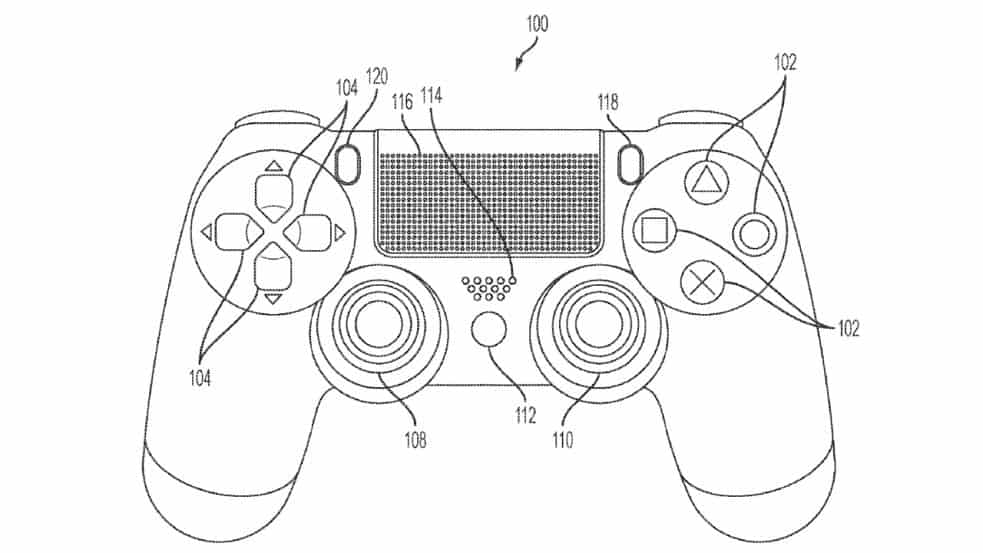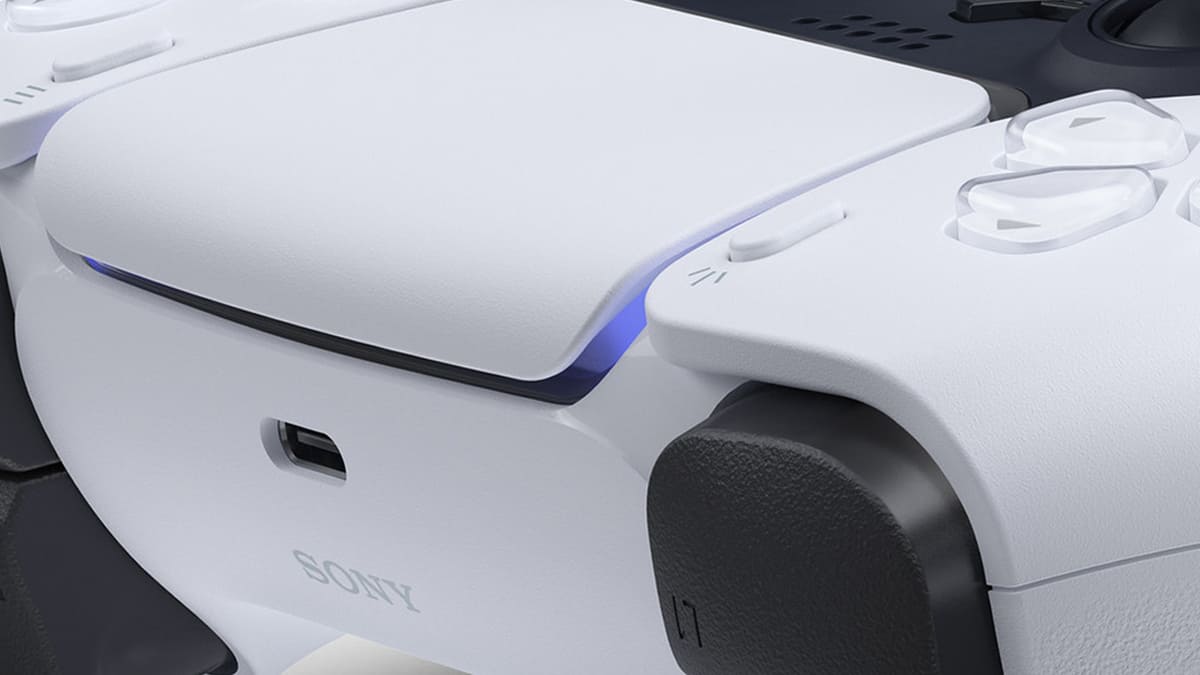Similar to the current design, the new DualSense (DualShock 5) wireless controller for PlayStation 5 also has a center-mounted touchpad. The difference, however, being the “slightly larger look and feel” which mostly has to do with the subtle repositioning of the light bar to each side of the touchpad.
In an announcement made earlier today, Sony refrained from going into any details about what to expect from the new touchpad. In a recently filed patent for DualSense though, which was published just around the announcement, several examples can be found to understand the touch-sensitive panel.
Not many are aware that Sony actually wanted the original DualShock 4 to feature a touchscreen. The idea was scrapped in the end because developers felt that a touchscreen would force players to divert their eyes during gameplay.
DualSense plays around the same concept by coupling with a touchscreen interface on the television set or monitor as part of the controller. Hence, players can focus on their gameplay while using the touchpad through the interface shown in-game, at least if the developer has included one.
The touch panel can be coupled with a display screen to provide a touchscreen interface as part of the controller. The touchscreen interface can be controlled by an interactive application to display various images in accordance with the interactive application.

The following are three examples from the aforementioned patent that confirms how the touchpad of DualSense will work with the in-game touchscreen interface.
The touchscreen might display an image which delineates regions of the touchscreen that correspond to various functionalities for the interactive application.
The touch screen might display a line which indicates a gesture that the user may perform. The user might trace the line shown on the touchscreen so as to perform the indicated gesture.
The touchscreen might be configured to display a gesture or gestures of the user, by providing a visual trace line of where the user touched and swiped/moved their finger(s) along the touchscreen.
It mostly boils down to performing gestures on various areas of the touchpad. DualSense can also remember an unknown amount of gestures, which presumably means that players will be able to record their own custom gestures for particular in-game actions.
Most importantly, gestures made on the touchpad will be displayed on-screen in real time so that players never have to look at the controller in their hands. Hence, solving the problem that Sony was facing with DualShock 4.
The touchscreen is configured to display the most recent gesture or gestures which have been performed on the touchscreen. By way of example, older gestures may be eliminated from display when a new gesture is detected, or trace lines may be configured to fade from display over time or be eliminated from display after a preset time has elapsed.

Within the same patent, Sony also outlined how an array of built-in microphones will allow DualSense to identify and isolate a sound source – the user – from the environment by using different sensors and tracking methods. Hence, DualSense has the capability of removing crosstalk when multiple controllers are in the same environment.
Source: USPTO
